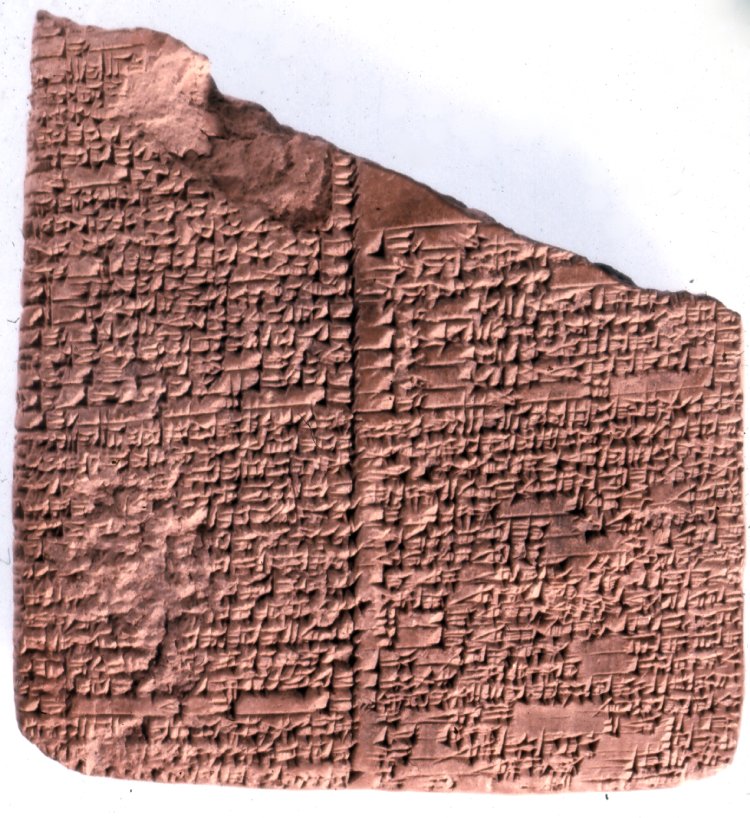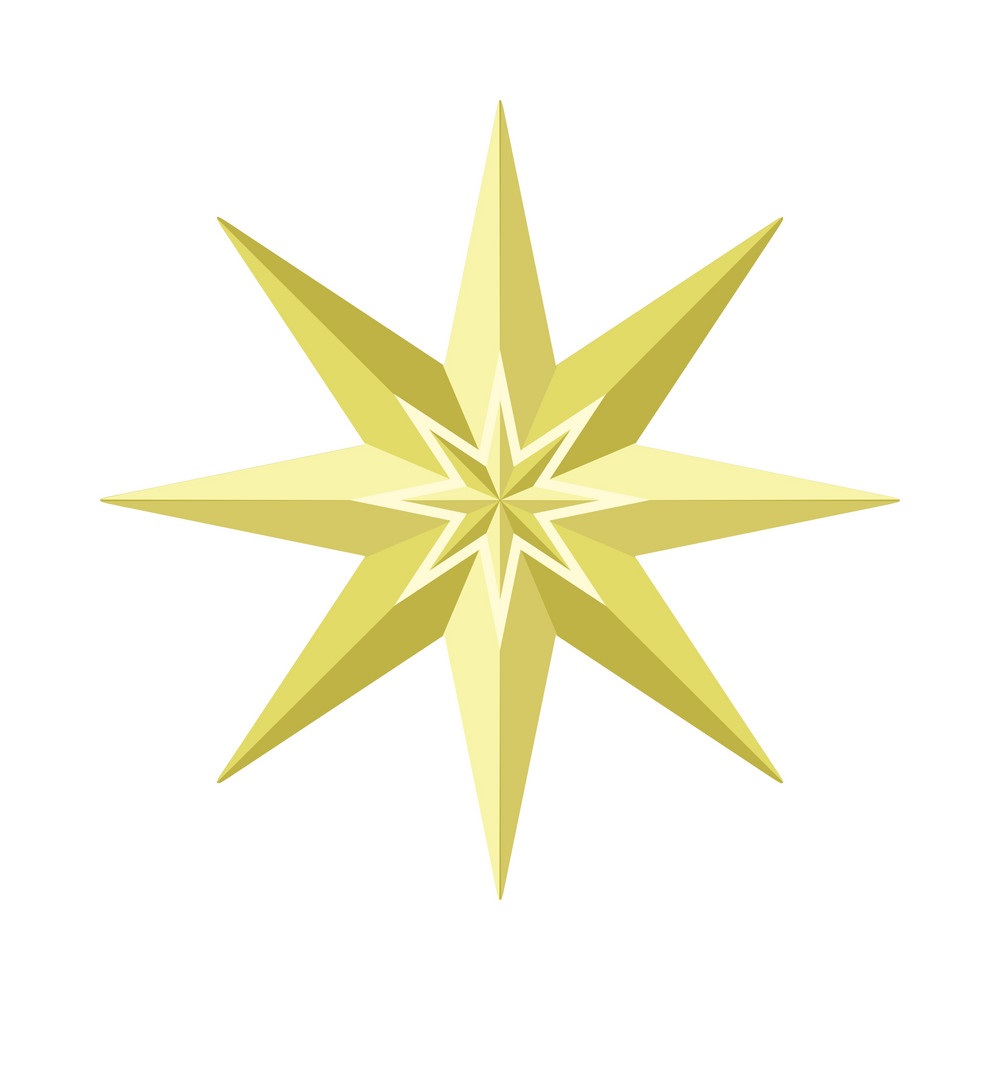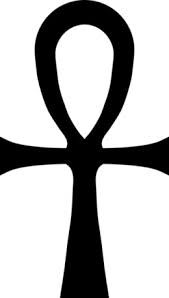Sumerian Temple Hymns
The First Ever Published Book by High Priestess 2400 BC Art, Education, Symbols and Signs, Spirituality, Relationships, Mindfulness, Power of Mind, Mantras, defaultHigh Priestess Enheduanna and the Kesh Temple Liturgy
Following Humanity's fight for enlightenment by Nataša Pantović
Holy water and the sacred word, that is all you need. Said a gypsy witch with a snake around her neck.

Maria's tears they are, from the grave of Jesus. Not an item easy to find. Not a request easy to settle. A magic key of ever lasting happiness... Mystical Christianity Alpha and Omega
I'll get you the bottle of tears but for the words, you got to speak with a wizard, a male, not from the Egyptian gypsies, a Bedouin from the desert, the worshipper of Nuit, an Arab, perhaps a sailor with own boat, a  Sufi follower, or to a wondering barefoot priest from Syria, a hermit from the Sinai mountain, Sha Ra where MoShe saw the burning bush. That is a bit more difficult for they talk not to women. The Wisdom of Gods is kept amongst them! It used to be with the Pythagoras followers passed with the Numbers, but has been since kept a secret for the past 2,000 years!
Sufi follower, or to a wondering barefoot priest from Syria, a hermit from the Sinai mountain, Sha Ra where MoShe saw the burning bush. That is a bit more difficult for they talk not to women. The Wisdom of Gods is kept amongst them! It used to be with the Pythagoras followers passed with the Numbers, but has been since kept a secret for the past 2,000 years!

A butterfly flew passed breaking the silence building nets of wisdom somewhere in the space. It whispered...
The philosophical research concerning the divine poses the question: Is there a meaning / sense / purpose to voicing / writing / reading as us finite beings talk about god and Infinity?
Is a human being really able to discuss The Tao of Logos?
Knowing God is a mystical experience, first and foremost a subconscious one. Mystical Prayer...
So what was the first ever published book?

Kesh Temple hymn; Old Babylonian British Museum 2400 BC, first ever published book
Scholars have disagreed when written records become literature, yet the earliest literary authors known by name are Ptahhotep (who wrote in Egyptian) and Enheduanna (who wrote in Sumerian), dating to around 2400 BC. Enheduanna (Sumerian: 𒂗𒃶𒌌𒀭𒈾) is the earliest known poet whose name has been recorded. She was the High Priestess of the goddess Inanna and the moon god Nanna (Sin). She lived in the Sumerian city state of Ur in Syria. During the 3,000 BC, an intimate cultural symbiosis developed between the Sumerians and Akkadians so the scholars believe that this was the bilingual environment.
Inanna is an ancient Mesopotamian goddess
Inanna is an ancient Mesopotamian goddess associated with love, beauty, sex, fertility, justice, a bit like Venus. Originally worshipped in Sumer was later worshipped by the Akkadians, Babylonians, and Assyrians under the name iSHtar. She was known as the "Queen of Heaven" and her symbols were the lion and the eight-pointed star. Her husband was the god Dumuzid and her suKKal, or personal attendant, was the goddess NinSHubur.

Eight Pointed Star in Gold
SiN or MooN Godess and Sumerian Temple Hymns
Sīn or Suen (Akkadian: 𒂗𒍪 EN.ZU or lord-ess of wisdom) or Nanna was the number 30, in cuneiform: 𒀭𒌍 (10 x 3) the goddess of the moon in the Mesopotamian religions of Sumer, Akkad, Assyria and Babylonia. Nanna (the classical Sumerian spelling is DŠEŠ.KI = the technical term for the crescent moon, also refers to the deity, is a Sumerian deity worshiped in Ur (Syria you must have guessed).
Enheduanna's contributions to Sumerian literature, include the collection of hymns known as the "Sumerian Temple Hymns", 37 tablets to be exact, from 2,700 BC. The temple hymns were the first collection of their kind, the copying of the hymns indicates that they were used long after and held in very high esteem. Her other famous work is 'The Exaltation of Inanna' or 'Nin-Me-Sar-Ra' which details Enheduanna's expulsion from Ur.

Circle triangle square elements, Symbolism of the number 30
With the tendency to centralize the powers of the universe, the "wisdom" personified by the moon god, has established the own triad of Sin/EN.ZU, his wife and children, 2 kids: Sun and Inanna/Ishtar (Venus). EN.ZU had a beard made of lapis lazuli and rode on a winged bull. The bull was one of his symbols, along with the crescent and the tripod.

Egyptian aRC aRX symbol, Goddess of Axen and Athena
Nanna's chief sanctuary at Ur was named E-gish-shir-gal, "house of the great light" (cuneiform: 𒂍𒄑𒋓𒃲 2e-giš-šir-gal). It was at Ur that the role of the Priestess was established, as a powerful role held by the princess Enheduanna, and the primary cult role associated with Nanna/Sin.

Jiahu writing 6,000 BC Ancient China, Human Being as the cross between Heaven and Earth, or the number 4
Sin also had a sanctuary at the city of HaRRan, named E-hul-hul, "Place of sining to H" (cuneiform: 𒂍𒄾𒄾 ). The cult of the moon-god spread to other centers, so that temples are found in all the large cities of Babylonia and Assyria. A sanctuary for Sin with Syriac inscriptions invoking his name dating to 200 AC was found in the Tektek Mountains, not far from all the legebdary Mo-She and the burning bush stories of our so much cited and loved Old Testament.
The Kesh Temple Liturgy
The Sumerian Temple Hymns are also known as the Kesh Temple Liturgy to Nintud on the creation of man and woman. Held in the Ashmolean in Oxford, UK in 1913, in "Babylonian Liturgies", the prism contains around 145 lines in eight sections, Langdon called it "A Liturgy to Nintud, Goddess of Creation" and noted that each section ended with the same refrain, which he interpreted as referring
"to the creation of man and woman, the Biblical Adam and Eve."
The translations speak of the temple reaching both for the heaven and descending into the underworld. The gods and functions of the temple are described: its interior and exterior appearance, its gate, courtyard, door and walls. The hymn discusses music played at the temple with drums and the sound of a bull's horn played at temple ceremonies. The hymn finishes with a “word” repeated four times as an invocation of the divine presence in the temple. The Mystery of Babylon Tower
Other translations were made from tablets in the Nippur collection of the Museum of the Ancient Orient in Istanbul. A further tablet source of the myth is held by the Louvre in Paris.
The lovers of LOVE will rejoice hearing that Babylon founder were indeed called Amorites... The Amorites led a revolution of their times (2,000 BC North Africa), they freed citizens from taxes, distributed Church land to citizens, abolished forced labor, spread education building most amazing cities and their priestesses have written the first ever books worshipping Goddess Moon...






Sumerian Temple Hymns No comments on Sumerian Temple Hymns: